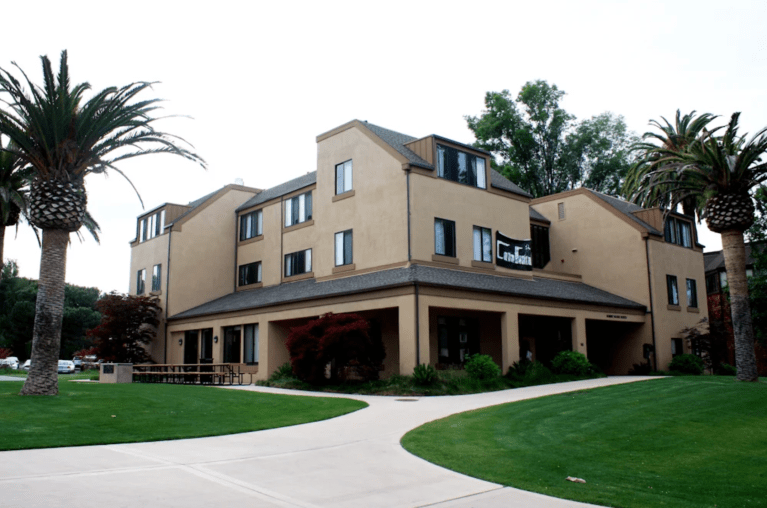I applaud our students and my colleagues for their concern over the workers at Stanford who may at least temporarily lose their jobs at the end of the month (Stanford recently extended payments for some of these workers through the end of April and benefits through May). Health and economic situations around the world require significant action to ensure that everyone has the ability to pay for food, shelter and other necessities. There are ways that concerned students and faculty could work with Stanford to help furloughed workers.
The federal government has responded aggressively with one-time payments and enhanced unemployment benefits. This response is a way for all of us to contribute to help those who lose their jobs, including the subcontracted workers at Stanford.
My understanding is that those who qualify for unemployment benefits, which presumably would include most of the laid-off subcontracted workers, receive 50% of their wages (up to a limit) through California unemployment insurance plus an additional $600 per week from the federal government. The maximum standard unemployment benefits in California are $450 per week. Adding the $600 per week means that workers who had been earning up to $1,050 per week ($52,500 annually for 50 weeks) would receive at least as much from unemployment for the duration of the supplemental payment (currently for six months) as they were making before the layoff.
I do not know the salaries of the subcontracted workers, but my guess is that the most financially vulnerable of them make less than $50,000 per year. While moving to unemployment insurance sounds like it should work well and protect them financially in the short term, there may be substantial difficulties for laid-off workers in obtaining the benefits in a timely manner or at all. For workers who do not have access to technology, who may not speak or read English, who do not have the benefit of understanding the intricacies of the rules, who may not be documented and who may not have bank accounts, applying for, qualifying for and receiving the unemployment benefits may be difficult.
There are at least two ideas that could unite Stanford and the concerned students and faculty to help the furloughed and laid-off workers:
- First, those who have the knowledge, talent and passion could actively help the laid-off workers navigate the bureaucracy to obtain their rightful unemployment benefits. The impressive list of students and faculty signing these letters (faculty, students) provides a great place to start.
- Second, if there is a time lag for such a process (after the payment extension just announced), the University could provide short-term low-interest loans to tide the workers over until their benefits begin. Benefits may be delayed, but are supposed to cover the time from unemployment, not from application, so short-term loans to bridge the gap could be very valuable.
Stanford, along with its concerned students and faculty, has the ability to help the laid-off workers so that we can safely stay in place now as much as possible and return as strong as possible with our community pulling together.
Gregory L. Rosston M.A. ’86 Ph.D. ’94
Gordon Cain Senior Fellow, SIEPR
Director, Public Policy Program
Contact Gregory L. Rosston at grosston ‘at’ stanford.edu.
The Daily is committed to publishing a diversity of op-eds and letters to the editor. We’d love to hear your thoughts. Email letters to the editor to [email protected] and op-ed submissions to [email protected].
